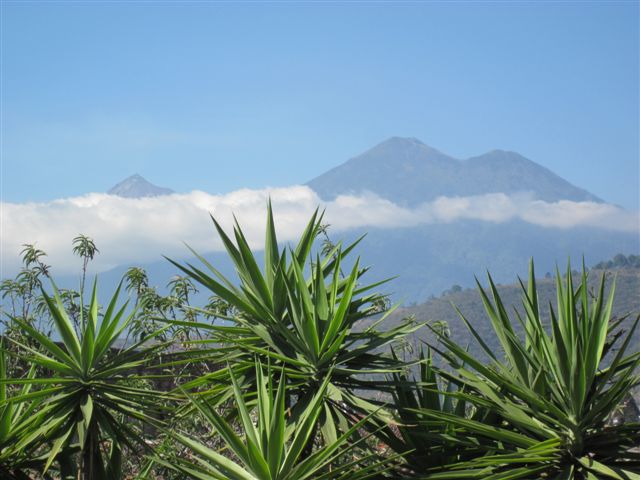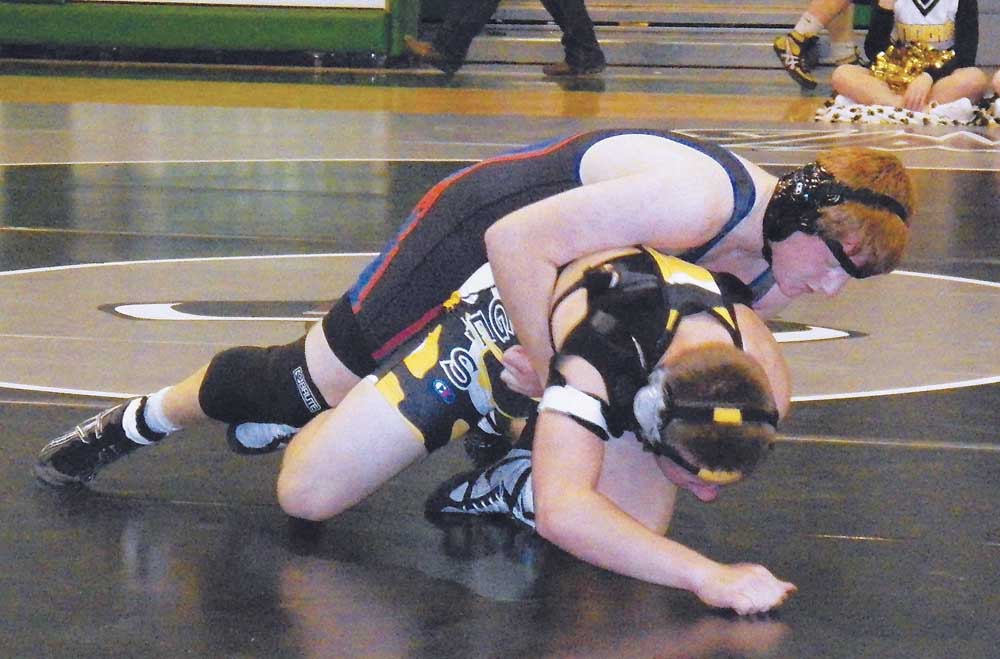By Katie Hunhoff
The weather was mild on the morning of Jan. 12 in 1888 but Maria Albrecht couldn’t shake the feeling that something was wrong. Speaking her native German, she asked her two sons to stay home from school that day.
“She did not want to see them go to school,” says Karen (Albrecht) Dirkson, a Sioux Falls woman who has kept the story alive in her family. Karen is Maria’s granddaughter.
“The oldest one, Johann, went after getting permission from his father,” Karen told me this week when I called for information on the historic storm. She says Peter, the younger boy, stayed home so he would not upset his mother. After Johann left, Maria told Peter, “I wish he would have stayed with us.” The boys’ schoolteacher, Mr. Cotton, also lived with the Albrechts. He had already left for school. There was no reason to suspect bad weather. The temperature was warmer than it had been in weeks and children across the prairie flocked to country schools throughout the Dakotas without dressing for cold weather.
But by 11 a.m. strong winds, darkness and snow smothered the prairie. The storm, now known as the Children’s Blizzard, left over 200 people dead — most of them schoolchildren who were traveling home from classes in the southeast corner of Dakota Territory. David Laskin’s book The Children’s Blizzard is a chilling account of the day’s events, describing the conditions that made the blizzard such a terrible surprise, introducing you to families like the Albrechts, and slowly detailing the frigid fate of so many children lost trying to find their way home.
Laskin writes that Maria and Johann Albrecht arrived in New York in 1874 along with several other Ukrainian immigrants. The steamship that brought them to America was called the City of Chester, and was where their son, Johann, was born. The Albrechts were worried about Johann on the long arduous voyage. They had already lost three children in Ukraine.
The Albrechts, along with about 60 other families, settled the area around Freeman and Marion. Thirteen years later the Albrechts had two more children. Johann was now 13, Peter, 9, and Julius, 1.
When the storm descended upon the schoolhouse on January 12, Mr. Cotton was unsure how to handle the situation. Laskin writes that he conferred with some of the older schoolchildren and decided that they should walk as a group to the nearest farmhouse, less than a quarter of a mile away. He felt the children needed the warmth and food. The schoolhouse was already freezing. The older boys disagreed with Mr. Cotton and once the group was outside they left Mr. Cotton’s lead. Johann Albrecht went with them. Mr. Cotton and the two children with him arrived safely at the nearby farmhouse. But the other group of five children, including Johann, was lost in the white maze of the blizzard, and was found days later.
The Albrechts eventually had 11 children. Their sons and daughters have not forgotten Johann’s plight on Jan. 12. Karen’s youngest daughter, Dorin, compiled a book about the blizzard for the family. And Karen’s brother, Peter, of Freeman, remembered young Johann in a poem.
Karen, who now lives in Sioux Falls, says the family still discusses the tragedy and the sorrow of Maria and Johann, who traveled such a great distance and worked so hard in Dakota Territory to build a new life. “The faith of these people was tremendous,” she says.
Every few winters, we write about the Children’s Blizzard either on our Web site or in the magazine pages, and we almost always hear from readers who have family stories to tell. That’s 125 years after the wind and snow and cold created the perfect prairie storm.
Some things are best not forgotten.
Katie Hunhoff is the editor of South Dakota Magazine, a bi-monthly magazine about the people and culture of South Dakota. Visit www.SouthDakotaMagazine.com for more information or to subscribe.
-
Weather
Failure notice from provider:
Connection Error:http_request_failedUpcoming Events
January 2025 SSunday MMonday TTuesday WWednesday TThursday FFriday SSaturday 29December 29, 2024 30December 30, 2024 31December 31, 2024 1January 1, 2025 2January 2, 2025 3January 3, 2025 4January 4, 2025 5January 5, 2025 6January 6, 2025 7January 7, 2025 8January 8, 2025 9January 9, 2025 10January 10, 2025 11January 11, 2025 12January 12, 2025 13January 13, 2025 14January 14, 2025 15January 15, 2025 16January 16, 2025 17January 17, 2025 18January 18, 2025 19January 19, 2025 20January 20, 2025 21January 21, 2025 22January 22, 2025 23January 23, 2025 24January 24, 2025 25January 25, 2025 26January 26, 2025 27January 27, 2025 28January 28, 2025 29January 29, 2025 30January 30, 2025 31January 31, 2025 1February 1, 2025 -
Recent Posts
Contact Us
Archives


